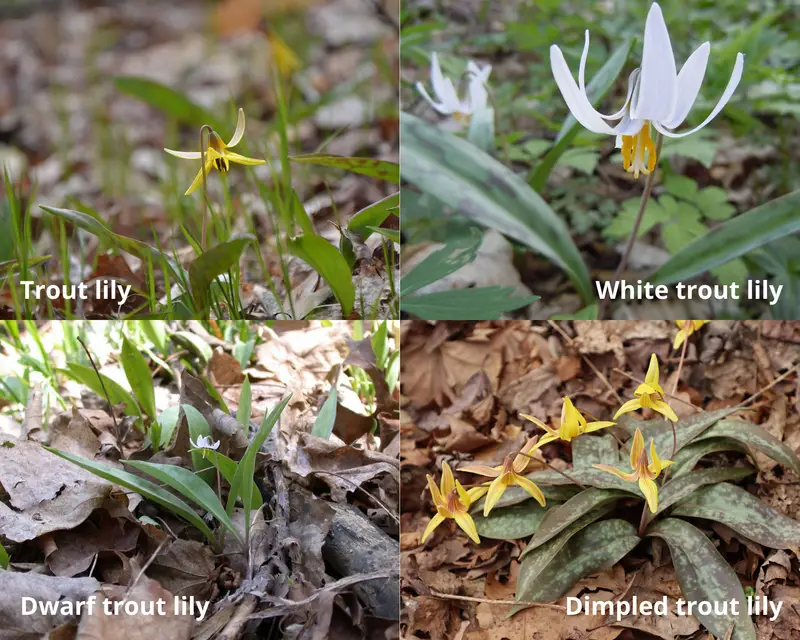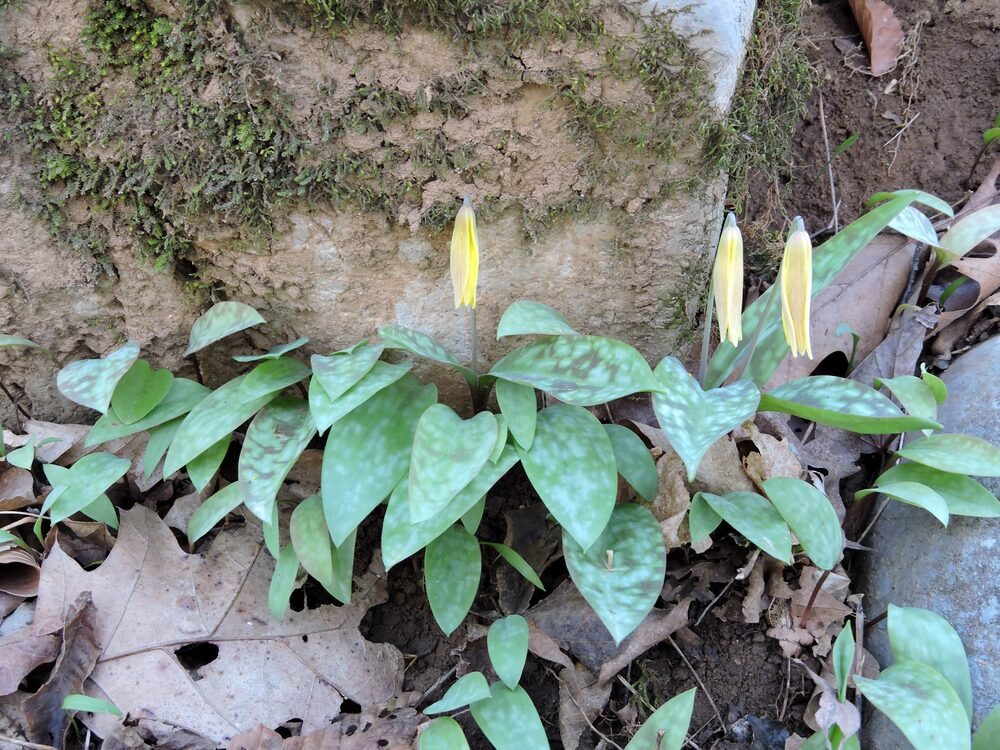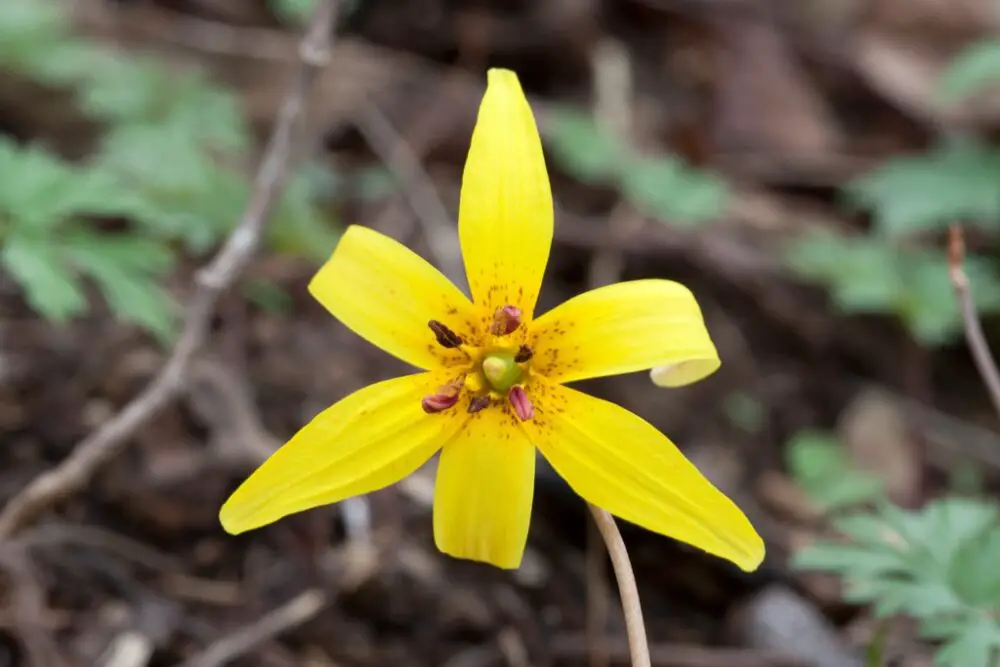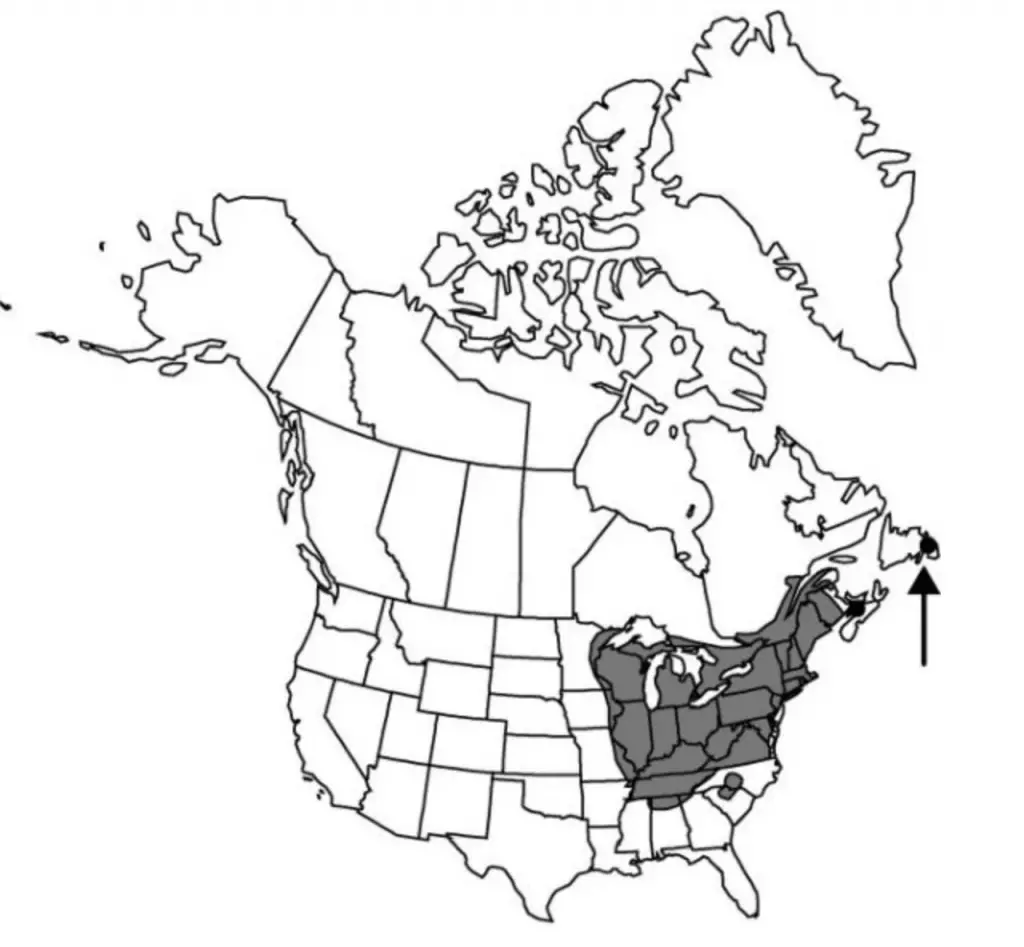The trout lily, also known as the yellow trout lily, dog toothed violet, or woodland glory is a beautiful and edible flowering plant native to eastern North America. A spring ephemeral, it blooms, produces fruit, and dies back before the canopy trees leaf out.
Trout lilies (Erythronium americanum) are beautiful Liliaceae perennial flowers that come in a few different variations.
The common name “trout lily” comes from the plant’s mottled leaves, which look like the markings on brook trout and should help you find them among other plants that grow on the forest floor.
Fortunately, there are several ways to identify a trout lily so you can find them easily on your next walk or hike outdoors.
What Are You Foraging For Right Now?
We're thrilled to hear your ideas. What would you like to submit today? Feel free to share your thoughts and experiences with us.
In this article, we will break down what a trout lily is, how to spot one in the wild, and where you can find one.
What are the different types of Trout Lilies?
There should be at least 32 species of trout lily worldwide.
In North America, you can find these 4:
- American trout lily (yellow flower)
- Dimpled trout lily
- White trout lily
- Dwarf trout lily

Important Note
The dwarf trout lily (Erythronium propullans) is endemic to southern and southeastern Minnesota areas and should not be harvested.
This type of lily is scarce and has much smaller white flowers, typically with only 4 petals, unlike the normal 6 petaled flowers.
How do you identify a Trout Lily?
Trout Lilies have lots of identifiable characteristics.
Keep a look out for:
- white or yellow blooms in March through May
- flowers are yellow on the inside and bronze-colored on the outside
- young plants have only one leaf
- mature adult plants have two leaves
- the plant grows 6 to 8 inches tall
- has no stem except for when it flowers
- only has one flower per stem
- six petals that curve upward away from six brown stamens
- mottled brown and green leaves grow at the base of the plant


Where do Trout Lilies grow?
Trout lilies are most commonly found in reasonably well-drained soil under deciduous trees in mixed woods and northern hardwood forests. They also grow at higher elevations in mountain conifer forests. This species can also be seen along streams and the slopes of ravines.
Trout lilies prefer dappled early spring sunlight in moist, rich loamy soil with leaf litter and decaying organic matter.
Where in North America can you find a Trout Lily in nature?
Trout lilies can be found in the eastern part of the US and Canada, from southern Ontario to Georgia, west to Kentucky, Missouri, and Oklahoma, and north to Minnesota. This species is listed as threatened in Iowa. Trout lilies can also be found in most New York State counties.

White trout lilies (Erythronium albidum) grow in southern Ontario in Canada and are native to many US states.
Can you eat a Trout Lily?
You can harvest the leaves of trout lily since it’s the most sustainable way to harvest them. The leaves are often widespread and plentiful.
The corms are edible as well. Trout lilies are emetic (vomiting induction). Therefore it is recommended not to eat mass quantities in one day.
You can add this plant to a salad or eat them as a trail snack. You can also make tea with the flower, leaves, or corm (or all).
What does a Trout Lily taste like?
The bulbs are sweet before the plant produces shoots above ground. These can be found either by spotting very young trout lilies or by digging around plants in search of bulbs that have not germinated yet.
Bulbs at this stage taste like a mix of sweet corn and snow pea.
How to grow trout lilies in your garden
The plants don’t flower until they are 4 to 7 years old, and then only if conditions are favorable.
Trout lilies are available at native plant sales and nurseries. Plant trout lilies in conditions that mimic their natural growing conditions.
This means moist areas beneath small trees with very light shade.
Ana has always been interested in all things nature and flora. With her expertise in home gardening and interest in foraging, she has been spending her weekends and free time looking for edible native plants, flowers, and fungi. One of her many hobbies includes testing new savory and sweet recipes, juices or teas made from freshly picked plants, wild fruits, or mushrooms.

